
by Info | Apr 3, 2025 | Active Health Blogs, Christchurch, Hamilton, How-To Guides, Rangiora
As the winter sports season approaches, now is the time to prepare your body for the demands of netball, rugby, hockey, and football. Pre-habilitation (pre-hab) is key – it’s about proactively strengthening and conditioning your body to create a solid defence against potential injuries. Whether you’re starting to feel some pre-season niggles or simply want to stay injury-free, a structured pre-season plan can make all the difference.
Why Pre-Hab Matters
Injuries can have a significant impact on a young athlete’s sporting future. Sporting success isn’t just about skill – it starts with proper training, conditioning, and injury prevention. By taking the right steps now, you can reduce your risk of injuries and set yourself up for a strong season.
Pre-season preparation should focus on building physical resilience through strength training, mobility work, and cardiovascular fitness while incorporating sport-specific drills to condition the body for the demands of competition.
Your Pre-Season Checklist
- Build Strength & Stability – A strong, stable body helps prevent injuries. Rugby players, for example, benefit from compound lifts such as squats, deadlifts, and bench presses, while netballers and footballers should prioritise single-leg stability exercises like step-ups and Bulgarian split squats. Core strength is also essential for balance and injury prevention.
- Improve Mobility & Flexibility – Tight muscles increase the risk of strains and tears. Dynamic stretching before training and static stretching after are crucial. Foam rolling and active recovery, such as yoga, can also enhance flexibility and movement efficiency.
- Enhance Cardiovascular Fitness – Sport-specific fitness training ensures you’re ready for game day. Rugby and football players should incorporate interval running, while netballers and hockey players benefit from agility and lateral movement drills. Building endurance while improving short bursts of speed will help prevent fatigue-related injuries.
- Prioritise Recovery & Nutrition – Recovery is just as important as training. Proper sleep, hydration, and balanced nutrition – including adequate protein and carbohydrates – are essential. Active recovery techniques like massage, stretching, and using compression gear can also improve performance and reduce injury risk.
- Follow a Structured Warm-Up Routine – Warming up properly before training and games reduces the risk of injuries. The A.P.P. warm-up (Gradual, Active, Progressive, and Planned) ensures athletes gradually increase their heart rate and muscle activation before high-intensity movements. Sport-specific drills such as agility ladder work, bounding, and controlled impact exercises prepare the body for match conditions.
- Listen to Your Body – If you’re already experiencing pre-season niggles, don’t ignore them! Address minor issues before they become major injuries. Seeking advice from a physiotherapist or sports rehab expert can help you stay in the game.
How Active Health Can Help
Our expert physiotherapists are trained to spot muscle imbalances and biomechanical issues and can test range of motion, flexibility, muscle strength, and function. Identifying these factors can be key in avoiding injury.
We can also tailor individualised exercise programs, warm-ups, or drills to ensure you are correctly loading your muscles and optimising your training load.
Our podiatrists can also offer expert advice. They are trained in assisting with shoe selection, which is particularly helpful for those new to a sport or spending a lot of time in their chosen footwear. The right shoes can help reduce injury and muscle soreness.
Podiatrists can also conduct gait analysis, which is extremely useful for analysing your walking and running style. Identifying any inefficiencies can help in injury reduction by providing targeted exercises to improve movement patterns.
Stay in the Game with Active Health
If you need guidance on pre-season training, injury prevention, or managing niggles, our expert team is here to help.
Book an assessment with us today and give yourself the best start to the season!

by Info | Mar 19, 2025 | Active Health Blogs, Christchurch, Rangiora
Tracking performance, supporting rehabilitation, and enhancing injury prevention – VALD technology provides key insights to help athletes stay at the top of their game.
Professional footballer and Football Fern, Gabi Rennie, recently stopped in to one of our Rangiora clinics to test out our VALD equipment while back home!
At Active Health, we are always looking for the best ways to assess, treat, and enhance performance for our clients. Our cutting-edge VALD equipment allows us to take a data-driven approach to rehabilitation and training. Here are just a few of the many tests we can conduct to assess movement, muscle imbalances, and performance limitations.
Countermovement Jump (CMJ)
The countermovement jump (CMJ) is a functional test commonly used to assess lower limb performance, particularly for athletes. With hands on the hips, the individual performs a quick downward movement (eccentric phase) followed by an explosive jump (concentric phase). This test provides valuable insights into force development, limb imbalances, and overall jump mechanics. By analyzing each phase of the movement, we can identify weaknesses and tailor rehabilitation or training programs accordingly.
Drop Jump
The drop jump test involves stepping off a box onto force decks and immediately jumping as high as possible. This test helps assess limb imbalances and force absorption in the legs, providing crucial information about an individual’s ability to efficiently manage impact forces. It is particularly useful for identifying potential injury risks and optimizing training strategies to improve landing mechanics.
Push-Up Test
The push-up test performed on VALD force plates helps us break down upper body movement patterns and assess muscle imbalances. By capturing force data throughout the movement, we can pinpoint asymmetries and deficiencies, allowing us to develop targeted rehab or strength programs that promote balanced and efficient movement.
Why Use VALD Technology?
VALD technology allows us to take the guesswork out of movement assessment and provide precise, actionable insights. Whether you are an athlete looking to enhance performance or recovering from an injury, these tests help us design personalized rehabilitation and training plans to optimize your health and performance.
If you’re interested in how VALD testing can help you reach your goals, get in touch with us today!

by Info | Jul 6, 2023 | Active Health Blogs, Christchurch, Physiotherapy
Inhalers are essential to managing asthma, but did you know, taking your reliever inhaler
more than two days a week, shows your asthma isn’t controlled.
Maybe the dose of your preventer is not right, or you’re not using your inhaler correctly.
Smoking cessation, keeping active and weight loss are also recommended in the NZ Asthma
Guidelines 2020.
What is often forgotten is HOW you are breathing. This isn’t doing some crazy technique
where you jump in the snow in your underwear, but learning to breathe well and adaptably,
all the time. Research shows that improving breathing in asthmatics reduces symptoms and
inhaler use.
When we breathe, it should be silently through the nose and your upper belly should go
gently outwards. The breath out should be relaxed and twice as long as the breath in.
Asthmatics habitually try to get air in as easily as possible, leading to shallow mouth
breathing and a short exhale. This is how we breathe when stressed and makes asthma
worse.
Thinking about nose/belly breathing and a long-controlled exhale means the air you breathe
in is clean, warm and moist (that’s the nose’s job), that you are relaxed and there is plenty of
space to get the next breath in. Try humming, this helps keep the nose ready and active, it
also gives you a long exhale!
The better you breathe at rest, the harder it is for your asthma symptoms to take hold.
Written by Catherine George.

by Info | Oct 31, 2022 | Active Health Blogs, Christchurch, Physiotherapy
Your nose is your first line of defense to allergens, pollens, viruses and the cold air. As air
flows through your nose it goes to work filtering, warming and adding moisture to the air so
by the time it reaches your lungs it’s clean and at body temperature. The moisture ensures
the lungs function and can clear debris that does get through and inflate and function
optimally.
The other amazing factor is the production of nitric oxide (NO) in our sinuses (laughing gas!).
It doesn’t make you giggle but its effects are widespread and definitely promote wellness.
NO works as a sterilizer (anti-fungal, antiviral and antibacterial), it promotes the beating of
cilia – the cells that work like a Mexican wave to move your mucus around, reducing snotty
noses and postnasal drip. It acts as a vasodilator (opens the blood vessels) and breathing
against the increased resistance of small breathing tubes (compared to the mouth) opens up
your air scass – this leads to an overall increase in the amount of oxygen you can absorb –
up to 17-20% than through your mouth! NO also has anti-inflammatory effects.
This is all missed when you breathe through your mouth! You are more likely to feel calmer
as you slow your breath down and tell your body it’s safe believe it or not breathing through
your nose also improves your memory!!
My favorite saying is it’s as silly to breathe through your mouth as it is to eat through your
nose. People often tell me they can’t get enough air through their nose – this can be due to
issues within your nasal structure and sinuses but often is actually due to chronic mouth
breathing. The disuse leads to nasal stuffiness and a sensation of being blocked, so you
continue to mouth breathe worsening the situation.
So….. tuck your chin in, close your lips, let your teeth sit slightly apart, your tongue floats to
the roof of your mouth so it’s creating a small amount of suction, and is docked behind the
top teeth. Breathe silently and feel your head, neck and shoulders relax and enjoy the calm
and wellness.
Written by Catherine George, The Lung Mechanic
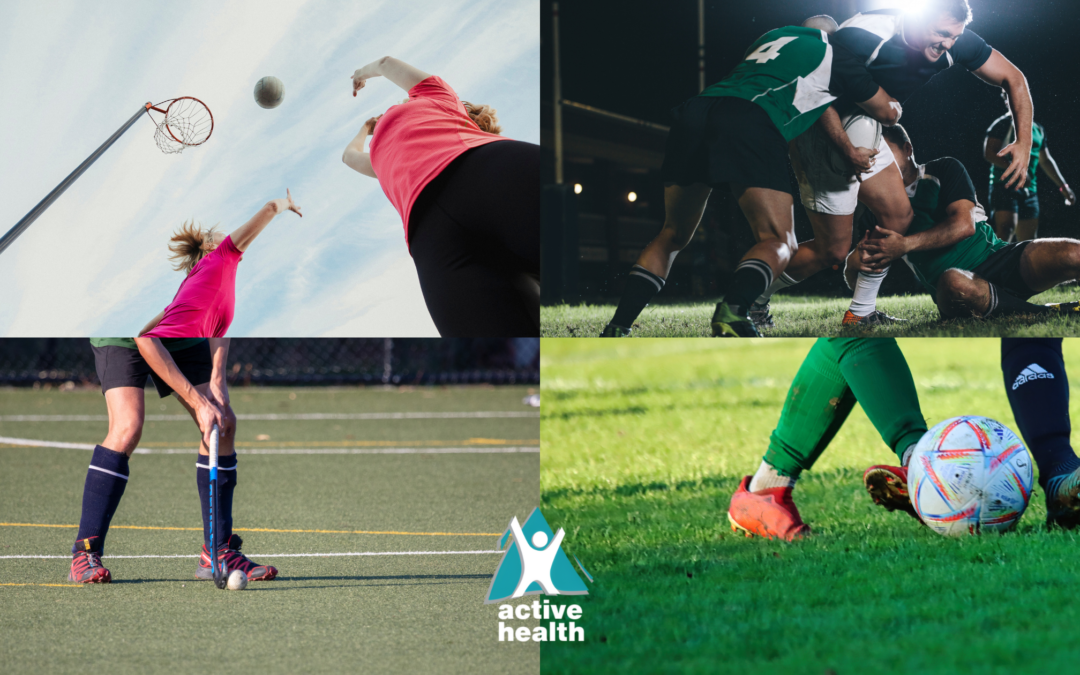
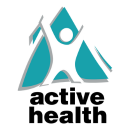
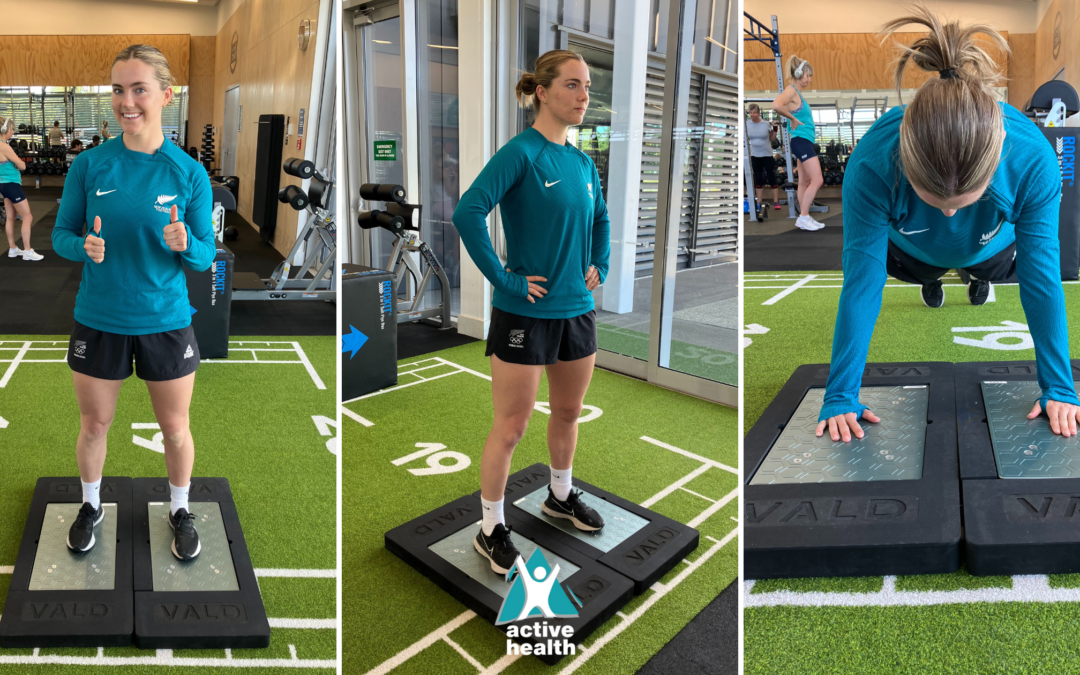
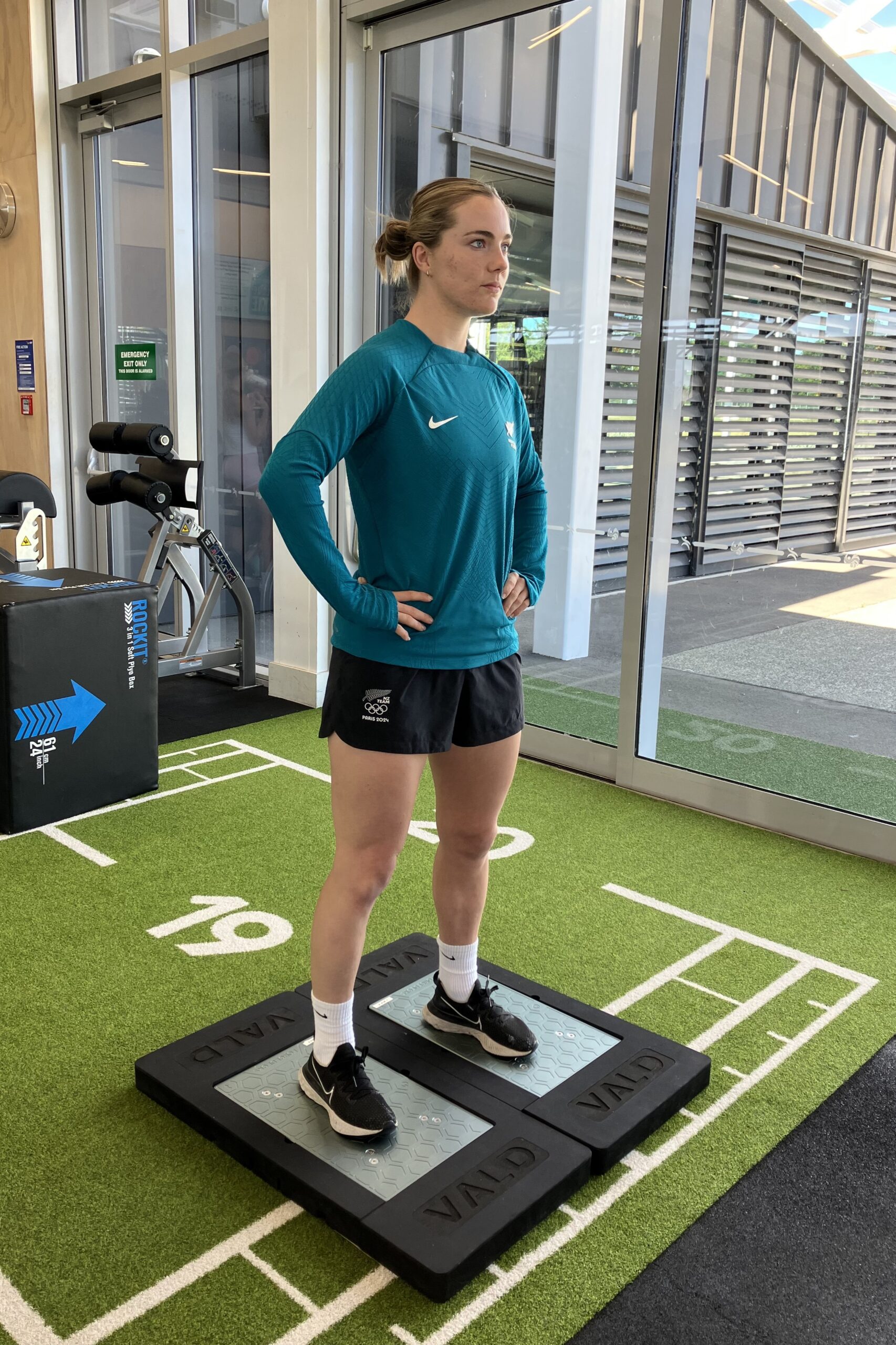
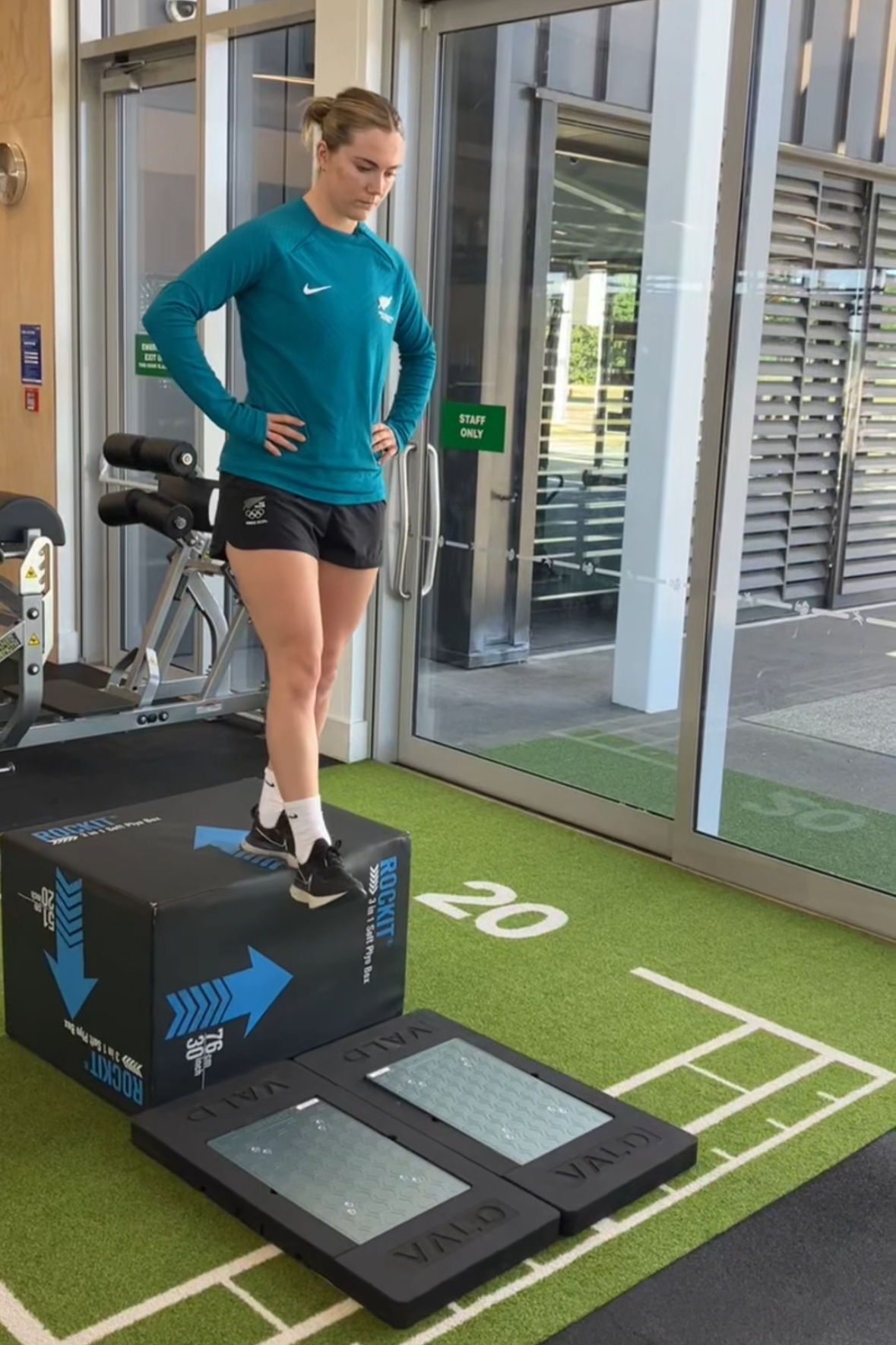
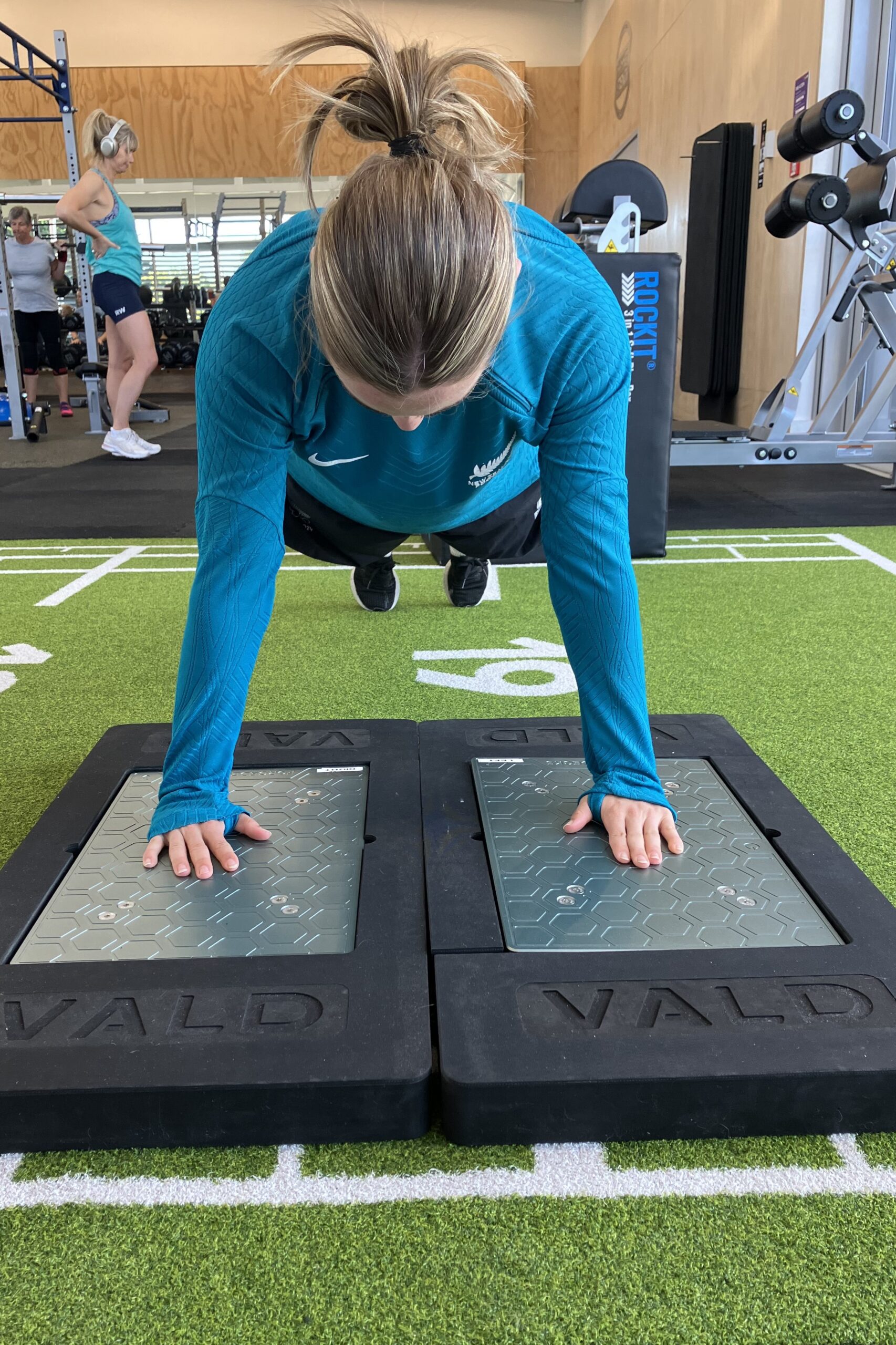

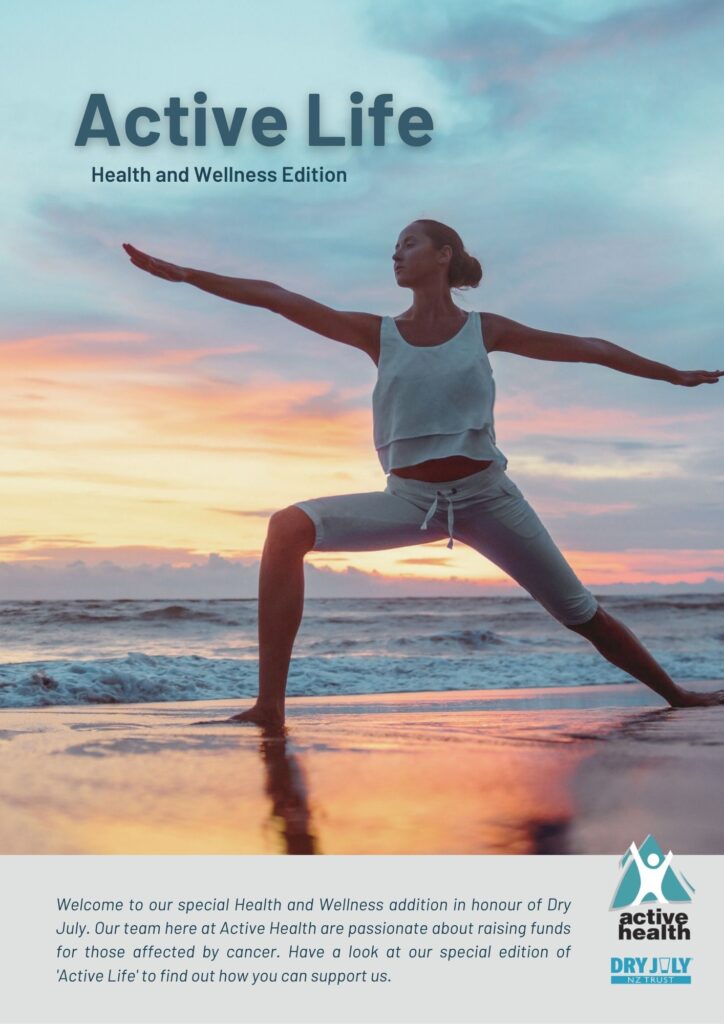
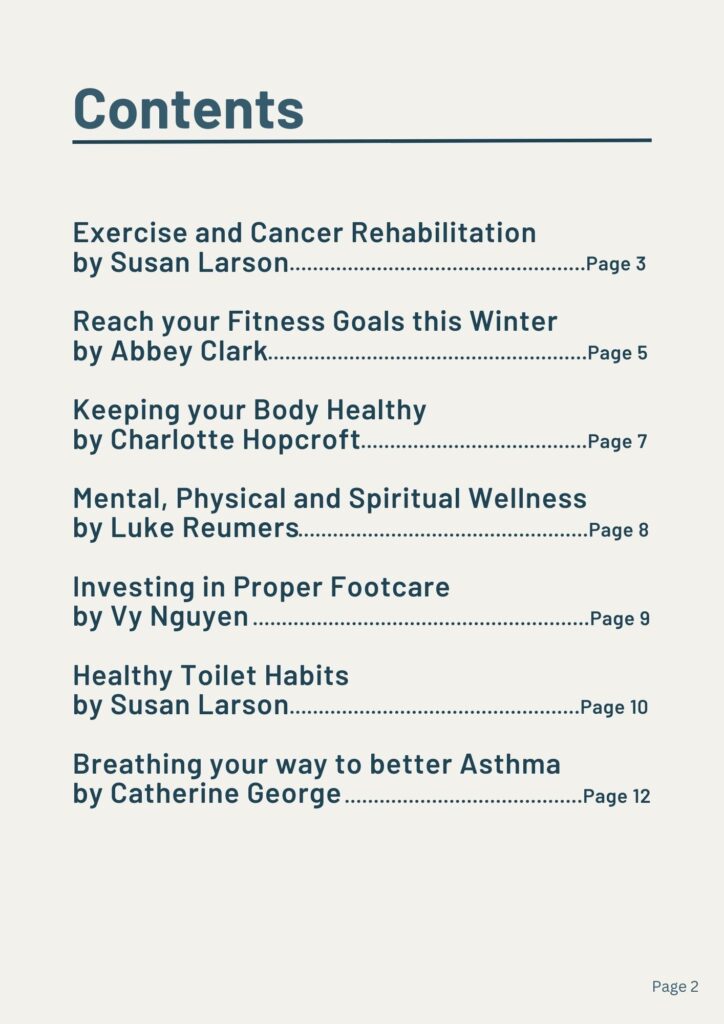
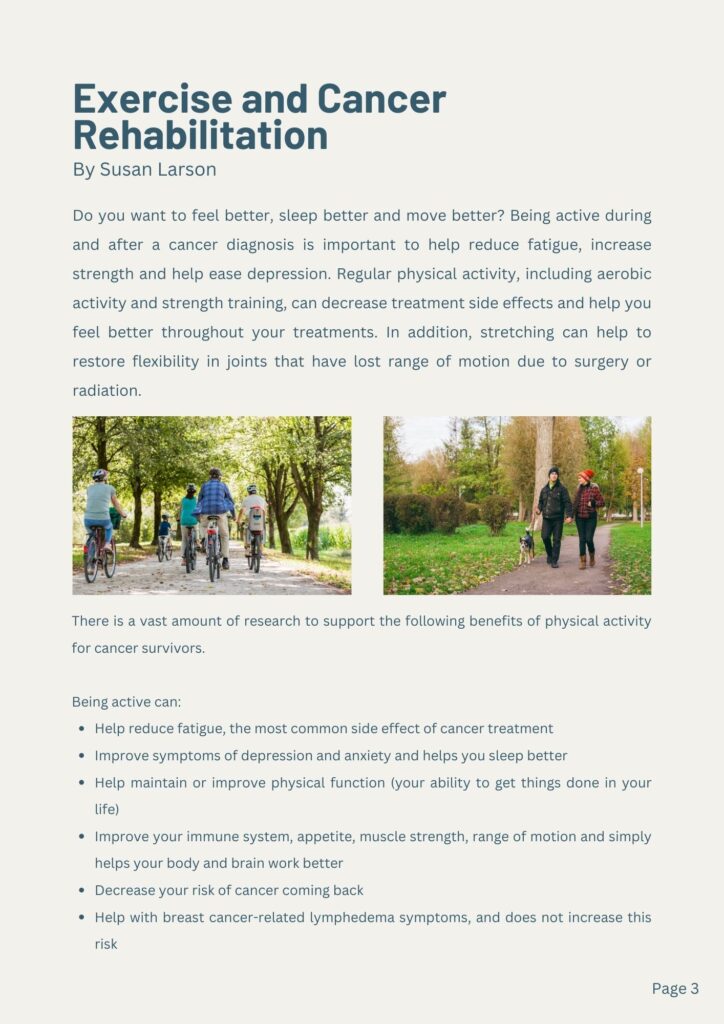
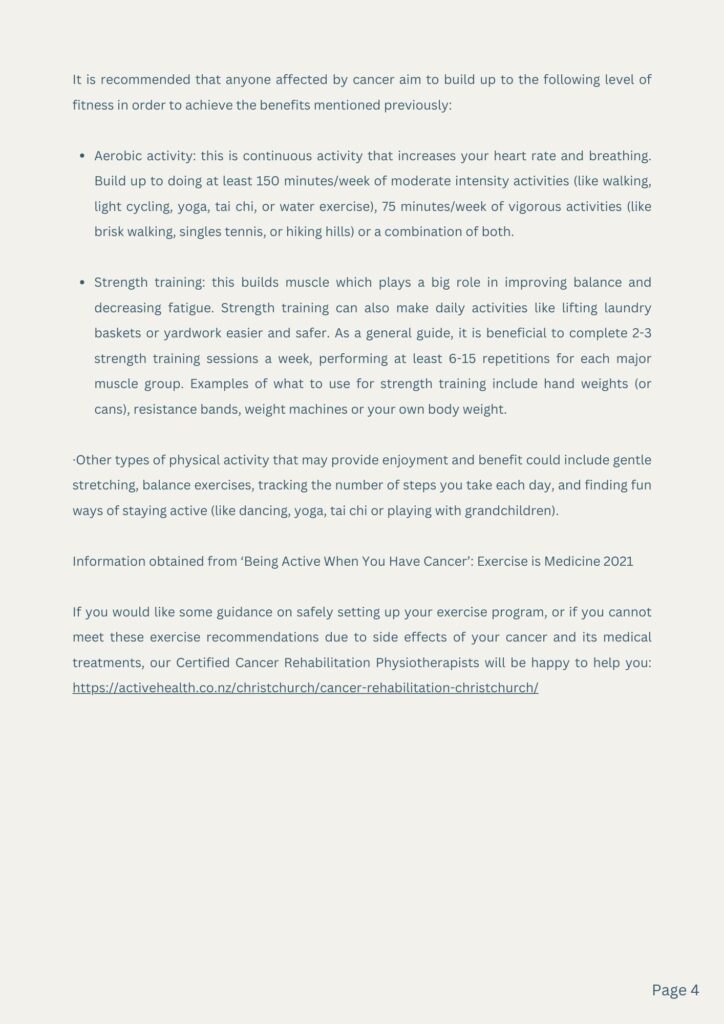
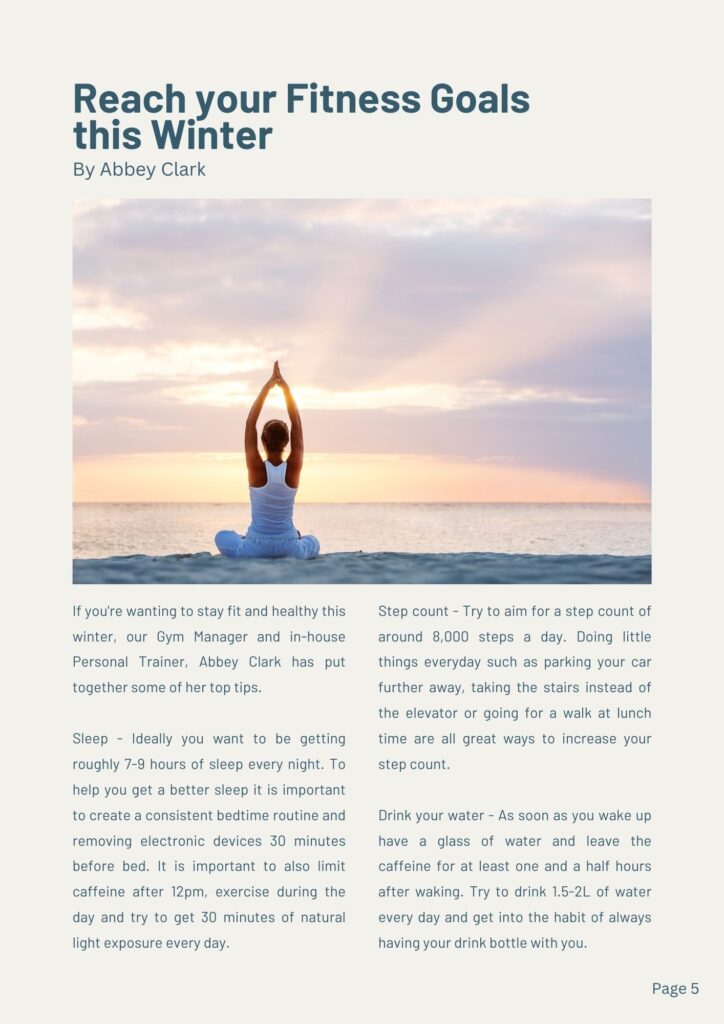
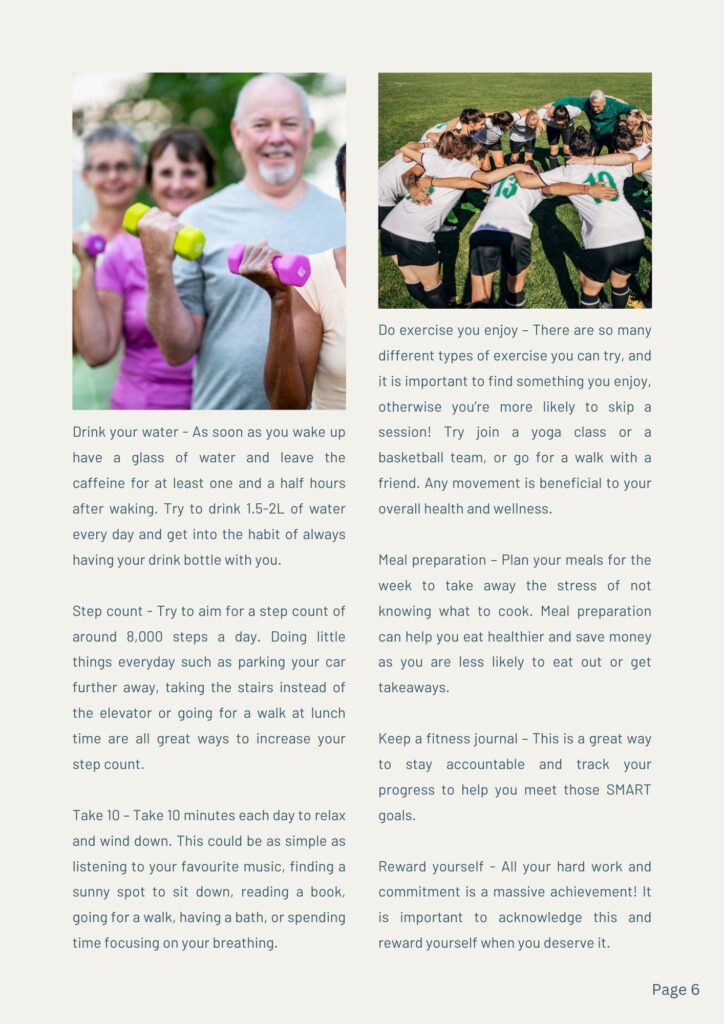
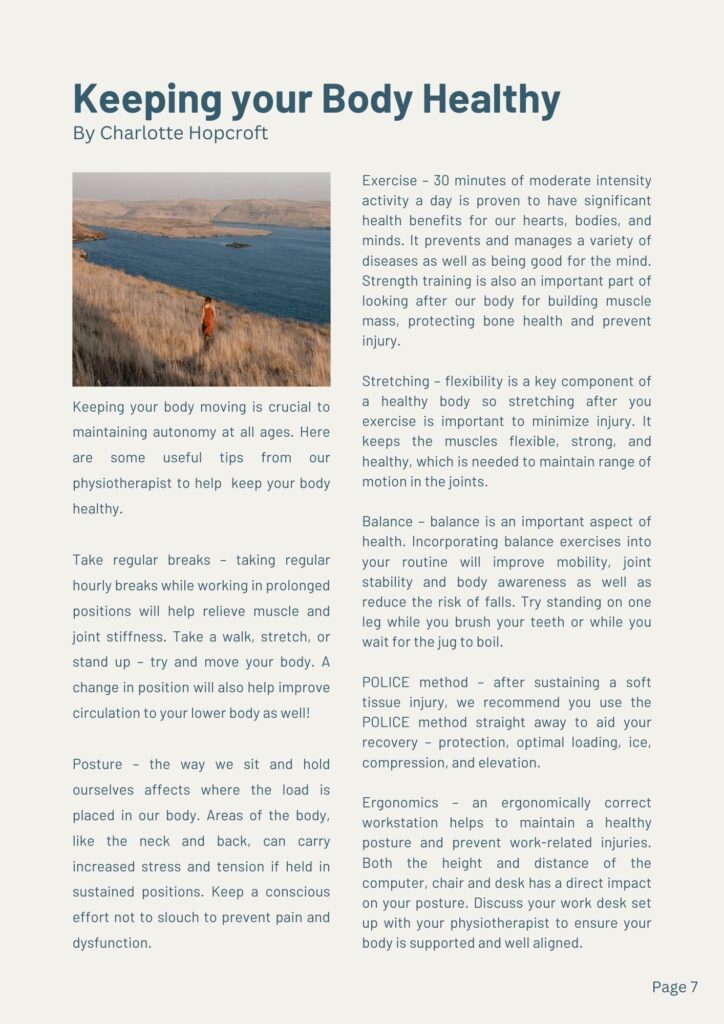
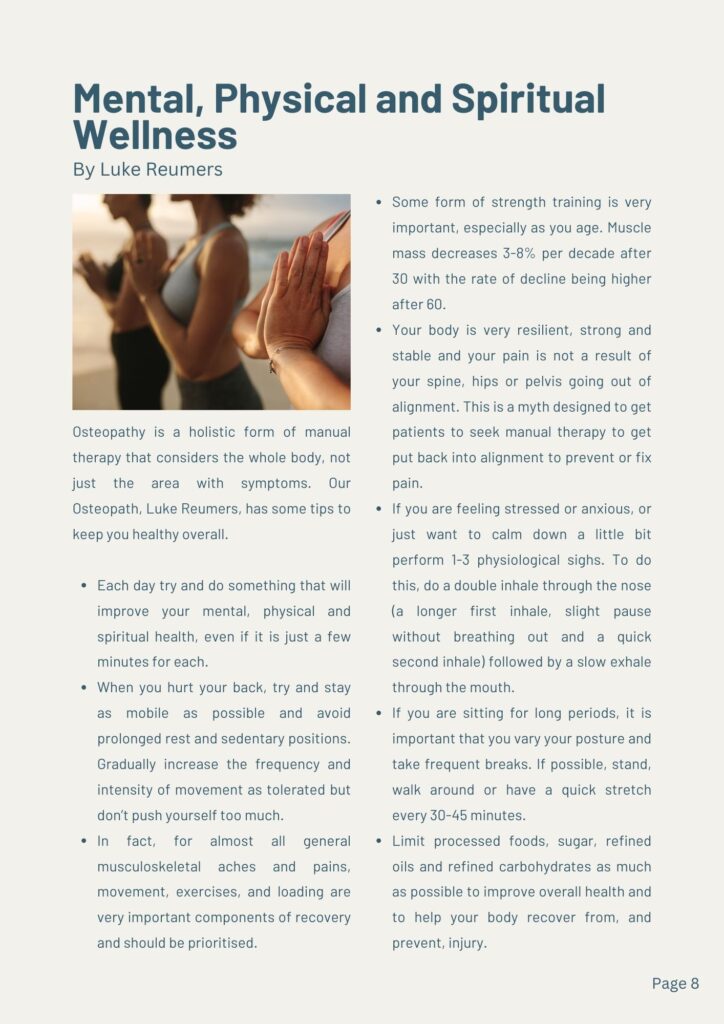
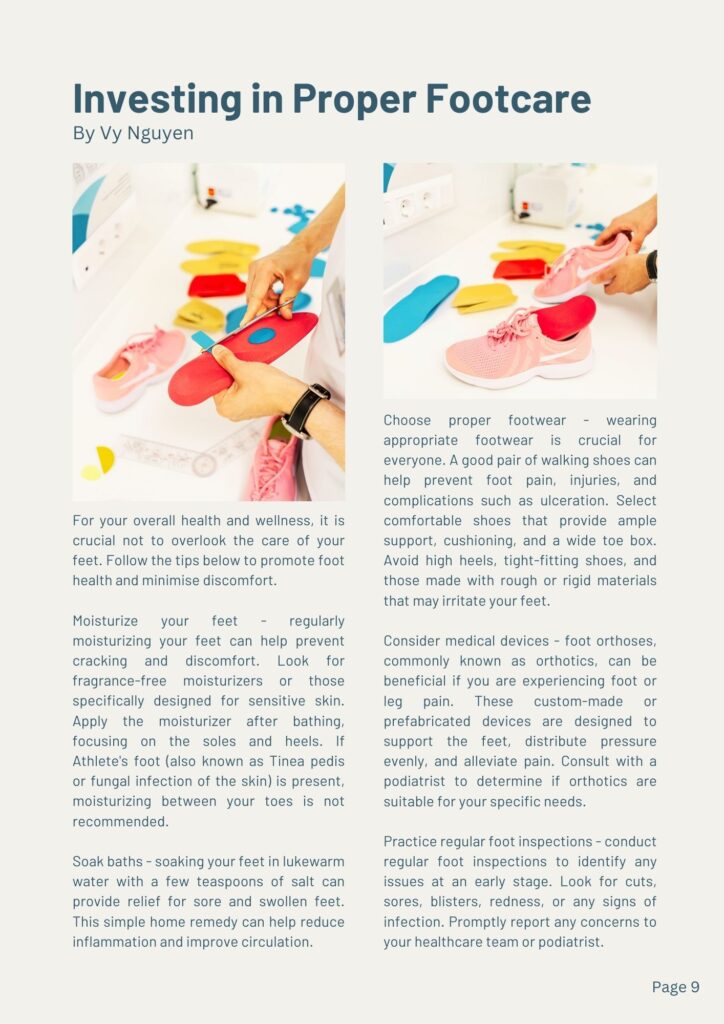
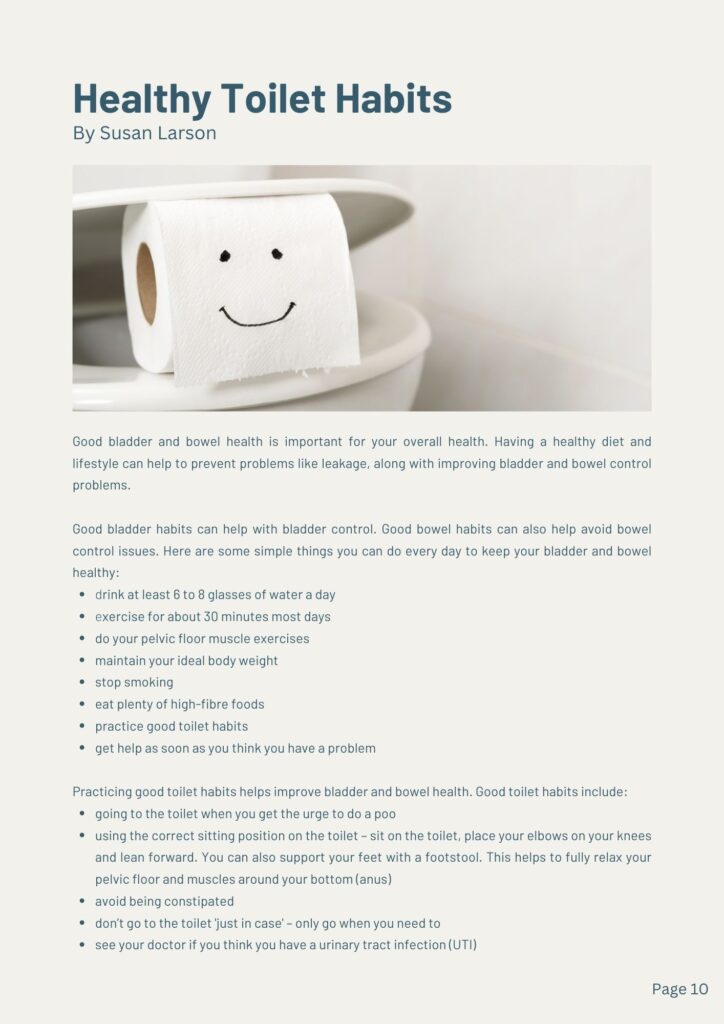
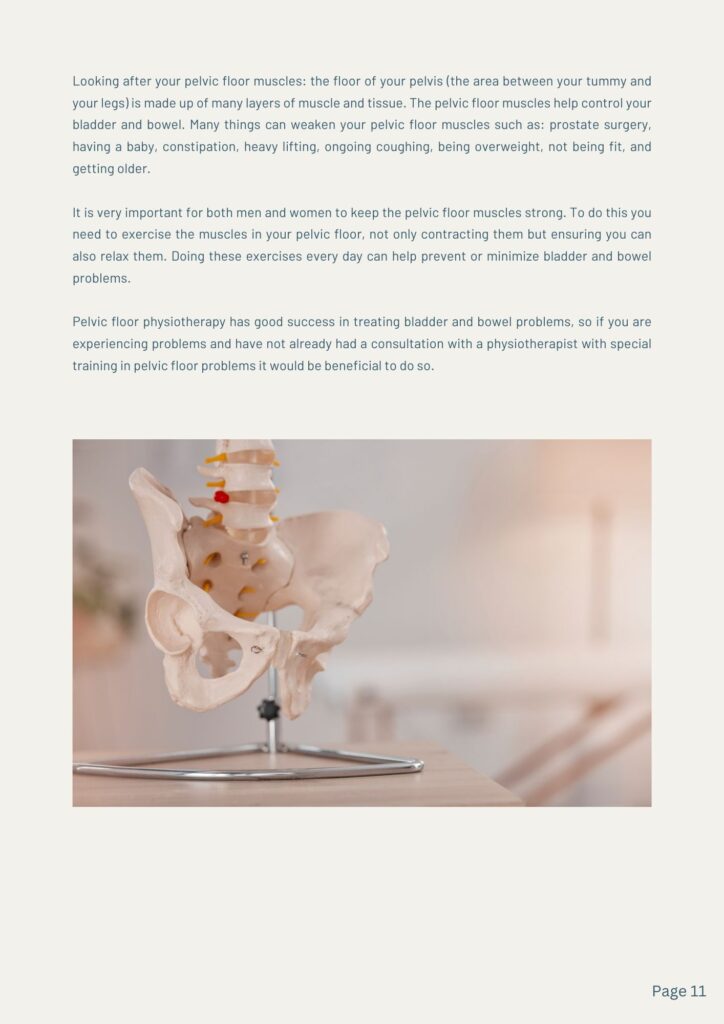
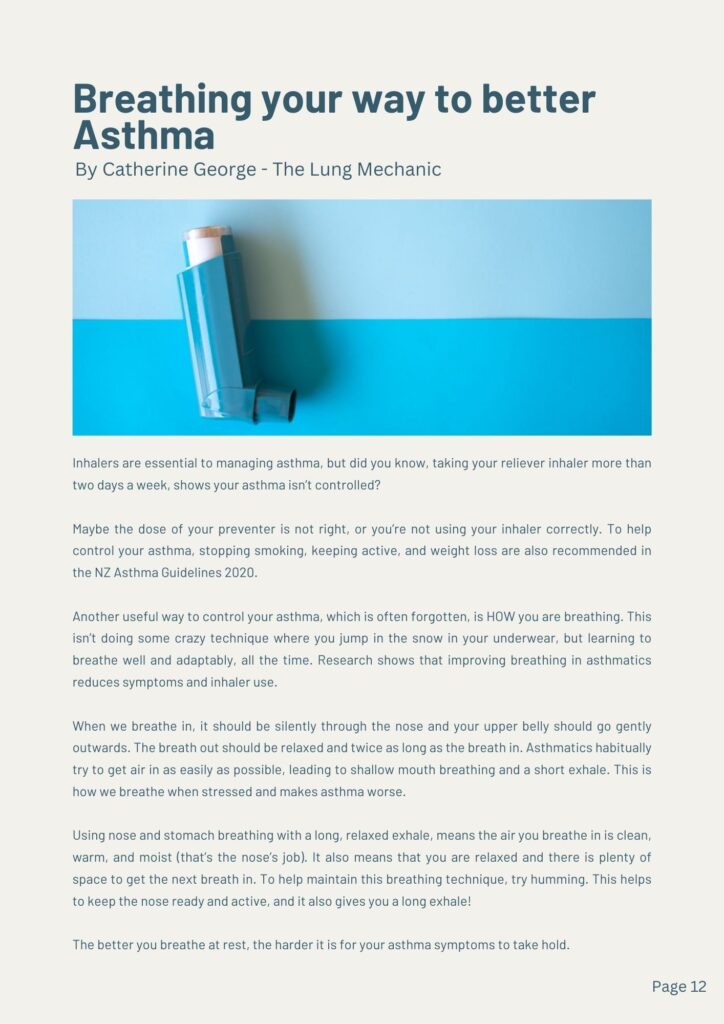
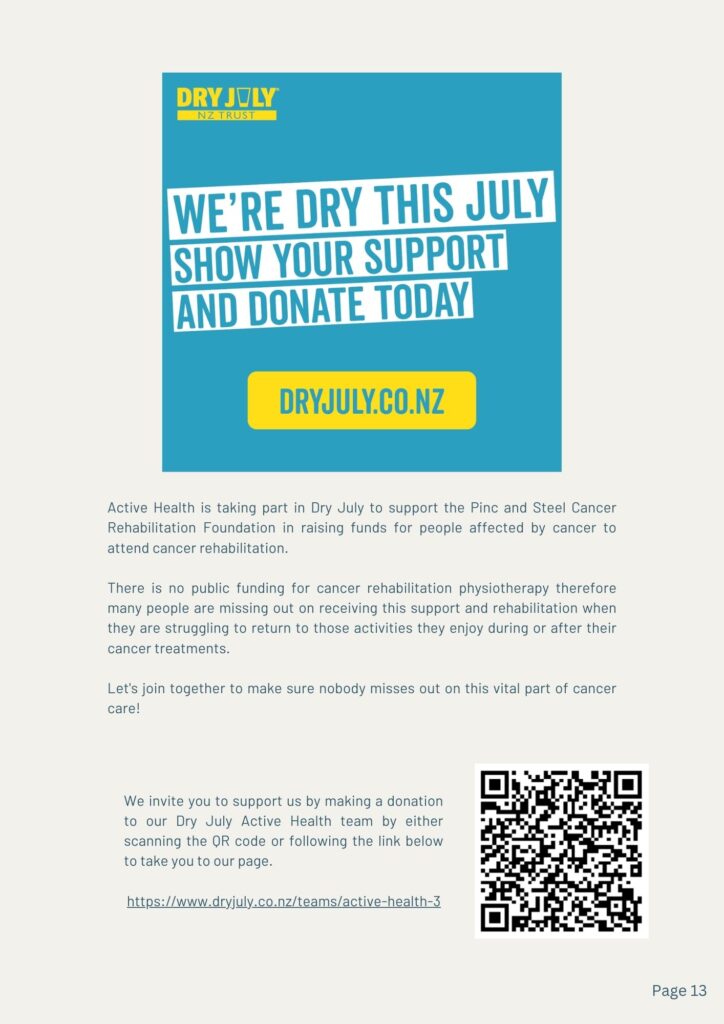

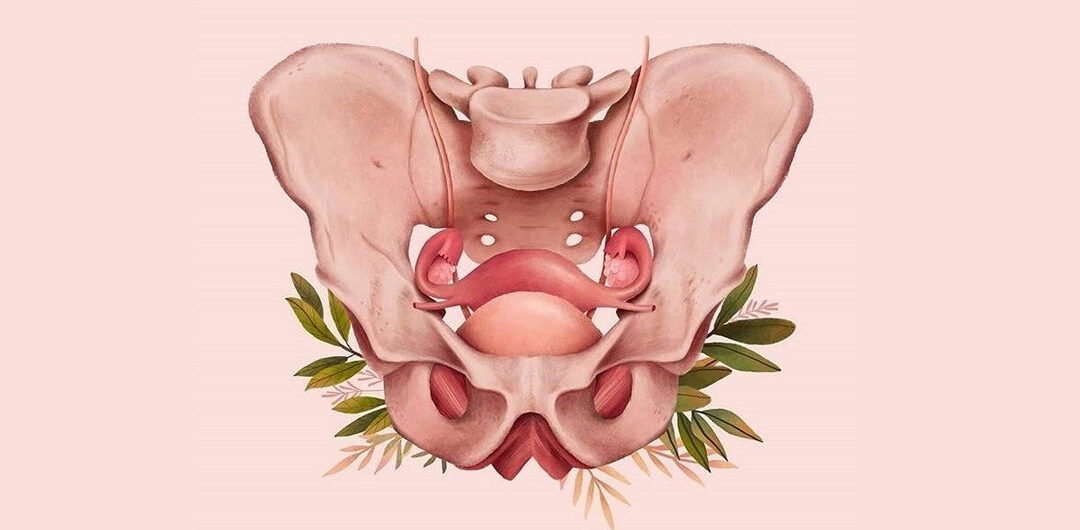
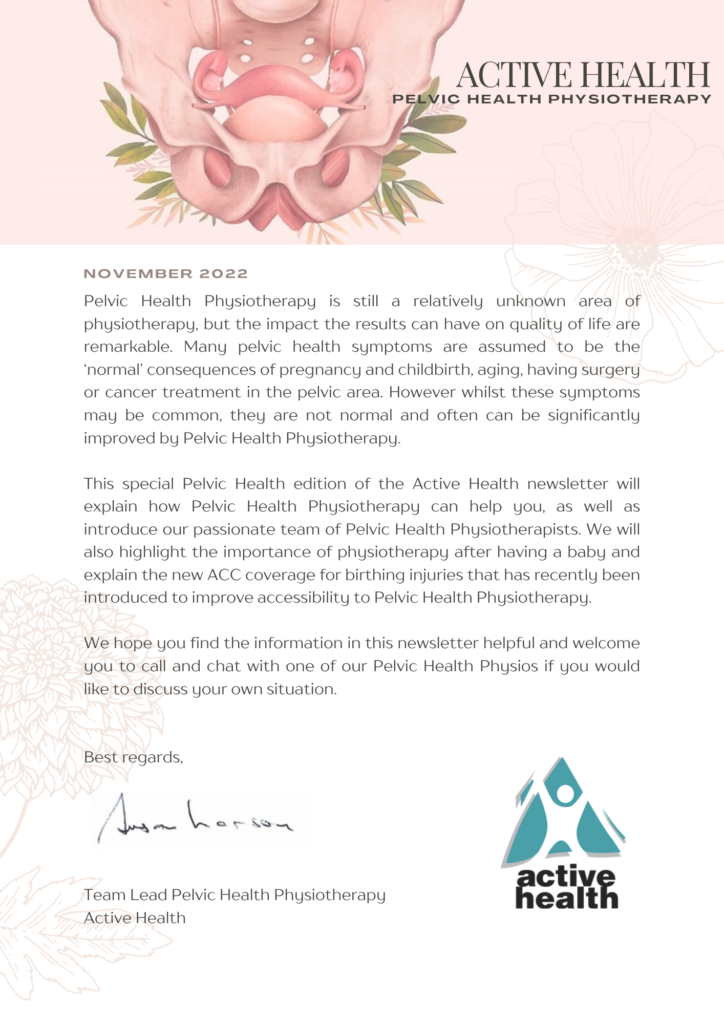
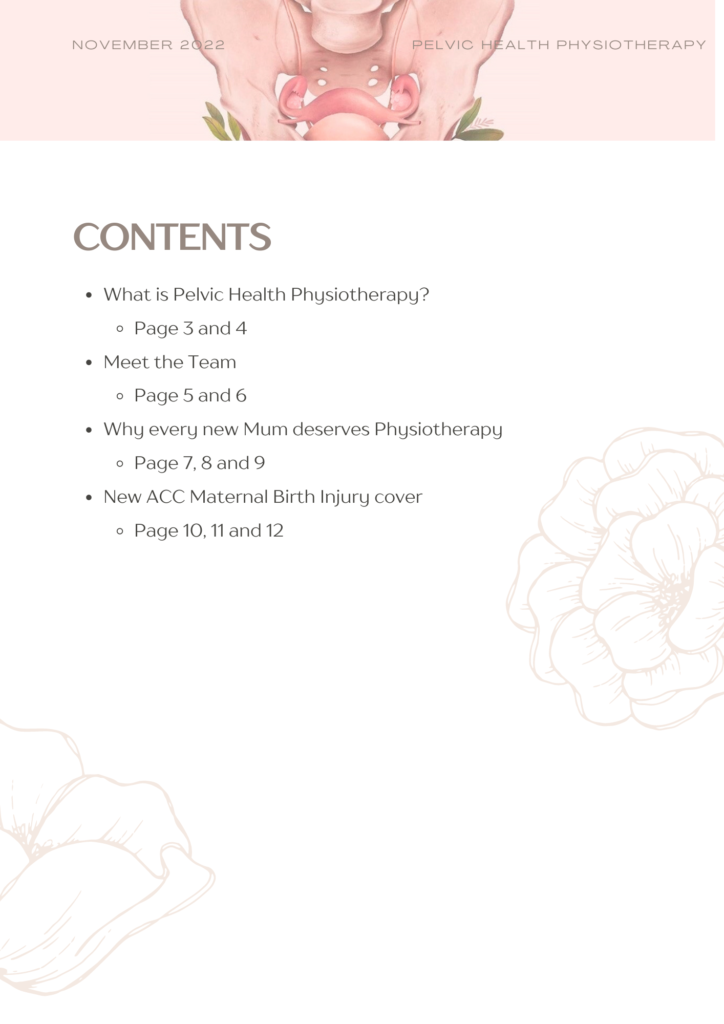
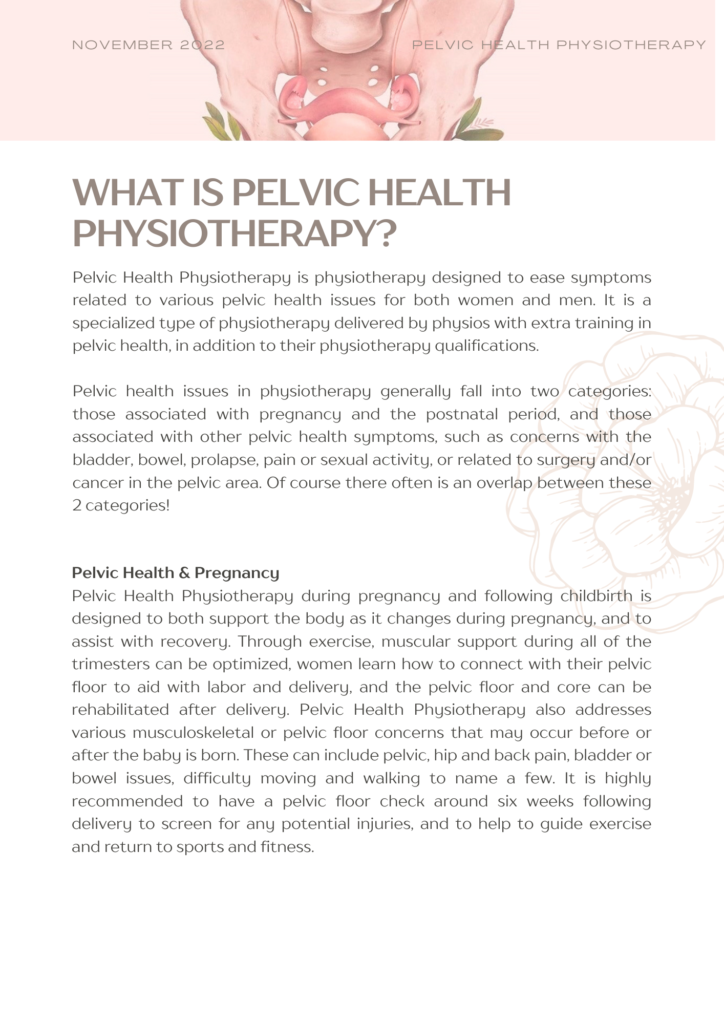
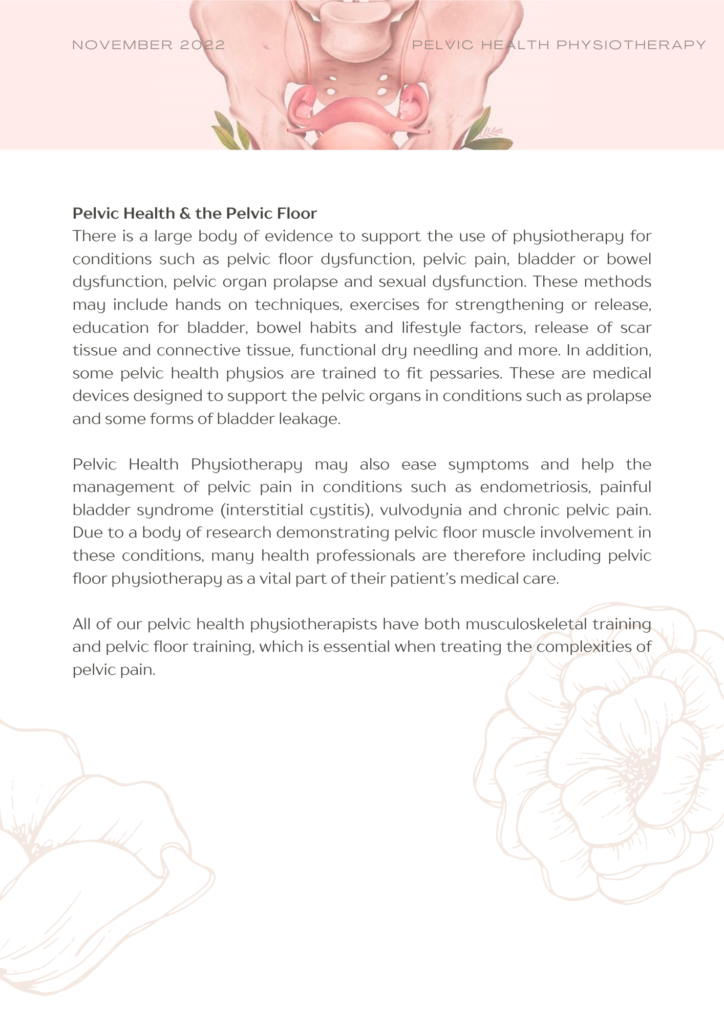

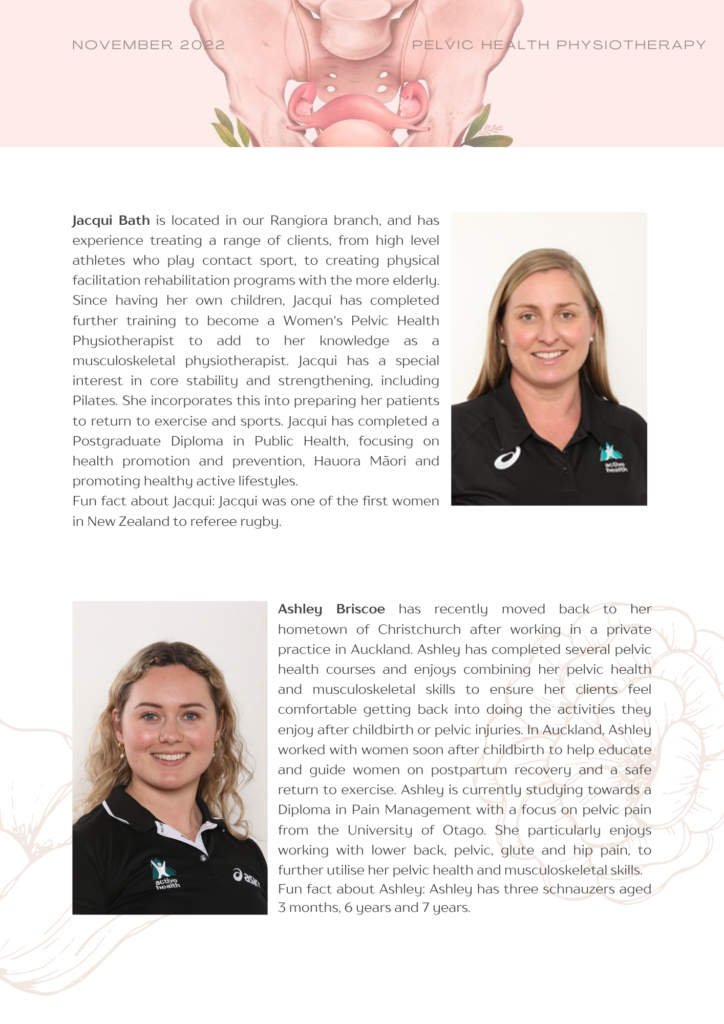
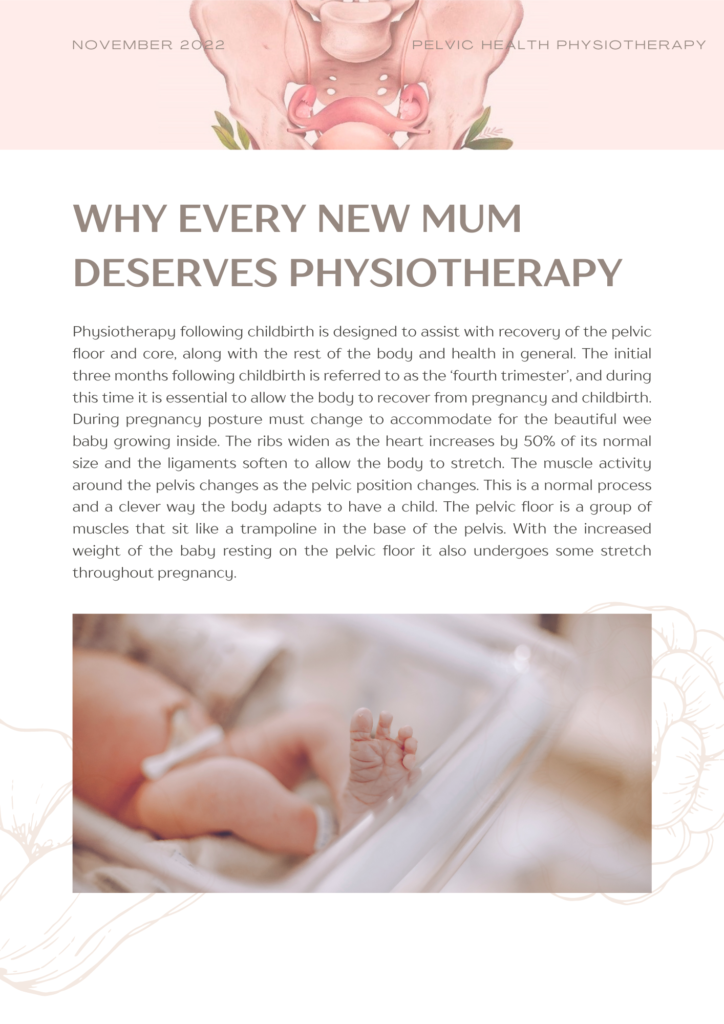
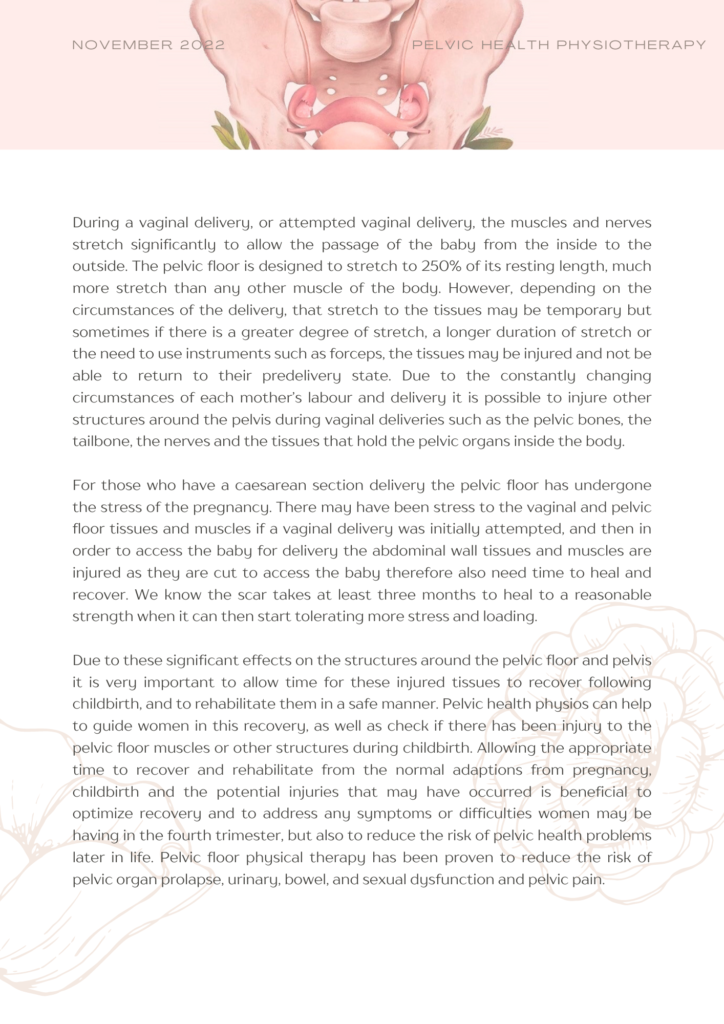
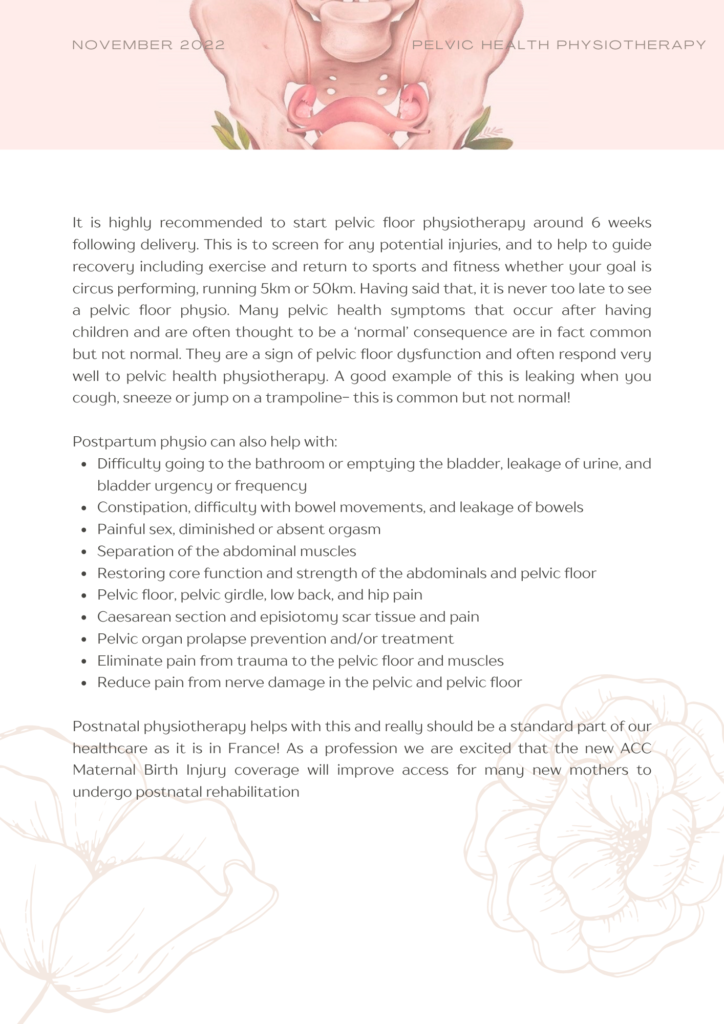
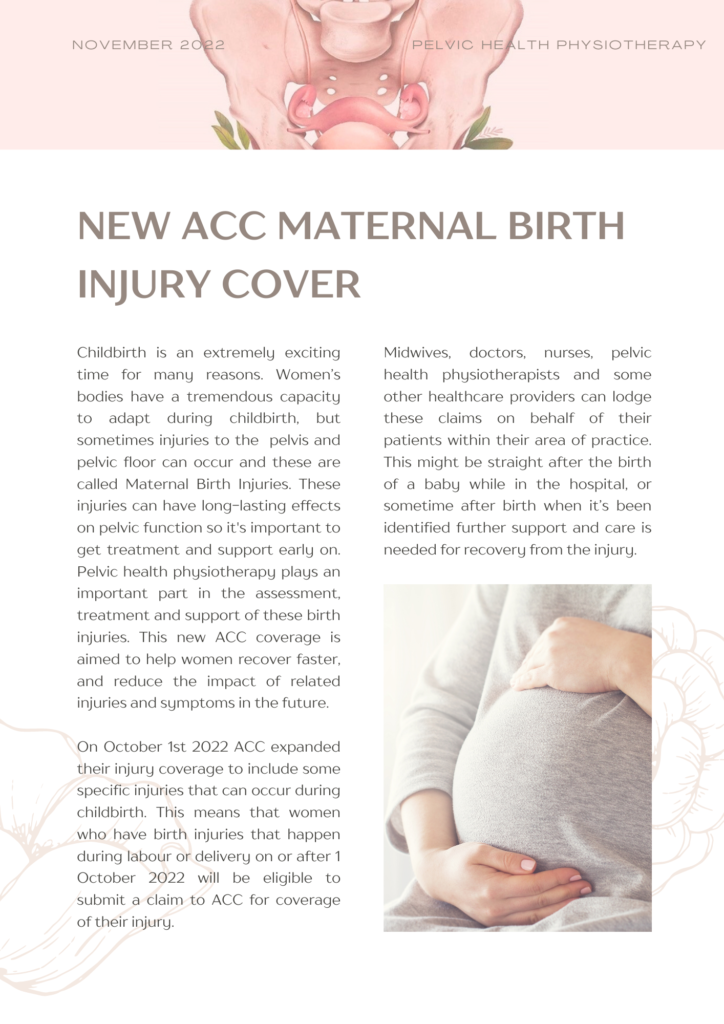
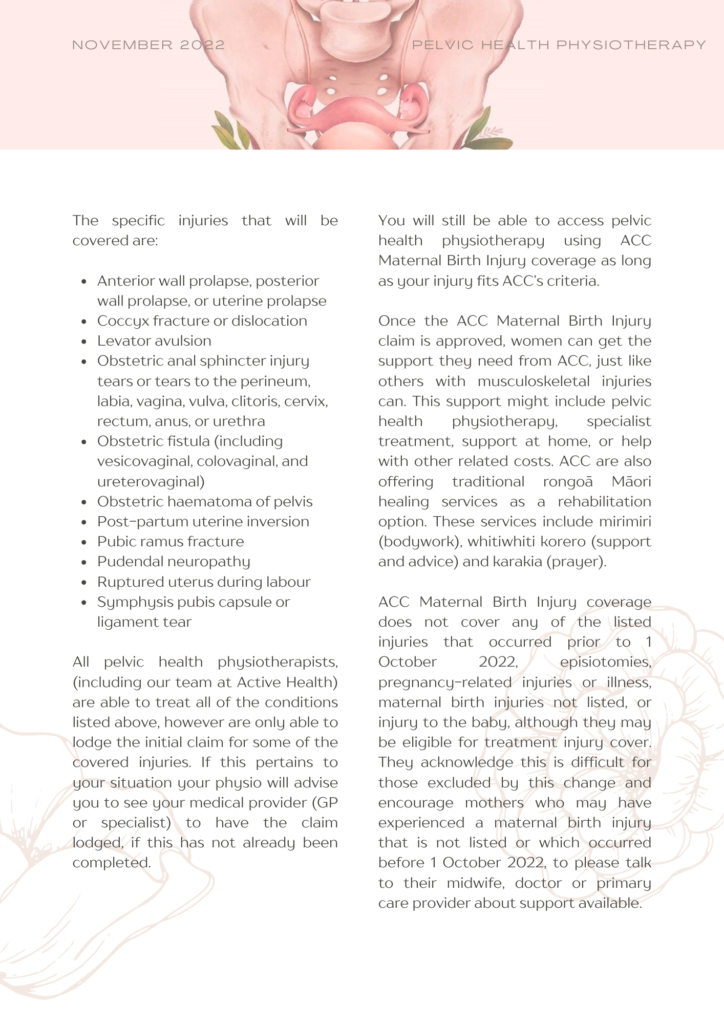
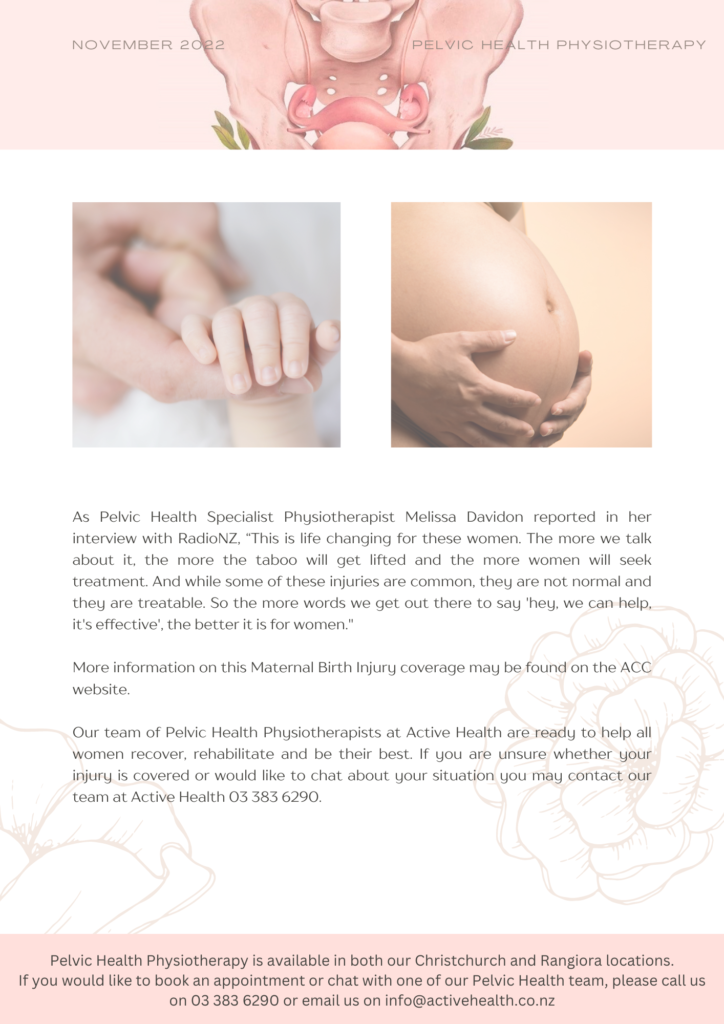

Recent Comments